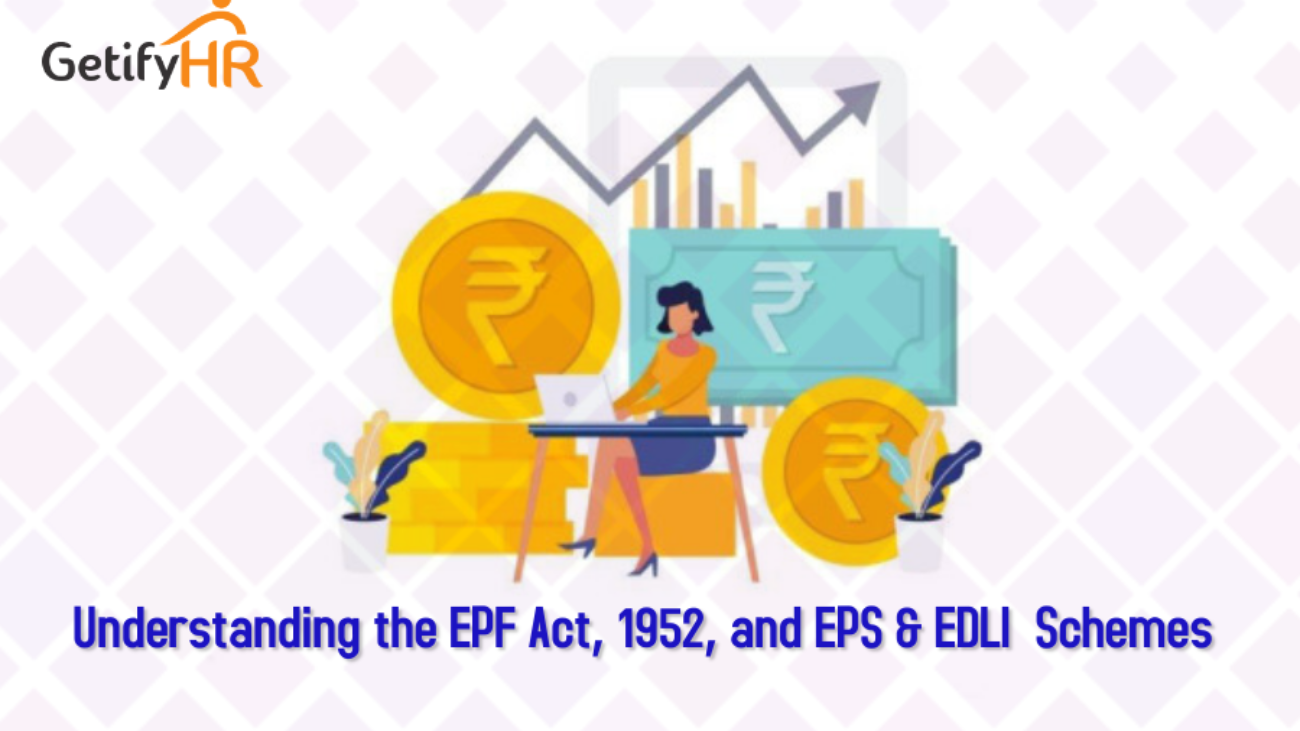A business is the outcome of serious thought and planning to make life successful and significant. Many people set out their plans and step into the shoes of a businessman. The steps that they take thereafter may lead to success or failure and this would fully depend on the action they take to achieve what they have set out to do.
Why set goals?
When you wear a businessman’s shoe, your first and foremost priority is to clearly identify your objective. You should be clear in your mind about where you want to be in the next five years. If you want to succeed in your objective then you have to set clear goals. Without setting goals you will lack focus and be directionless.
Once you set goals, you are in effect taking full control of the direction of your business and life. Goal setting is, therefore, a process that needs careful consideration of what you hope to achieve within a specific time and follows up with a dedicated effort to achieve it.
Your company will be successful only when you have a clear vision of what you want to achieve, how, and when!
How to set goals?
There are different methods by which you can set business goals. Your choice will depend on the nature of your business and whether the method that you adopt fits your culture and approach in handling issues. The following paragraphs set out 7 effective strategies that will bring success to your business.
1. Objectives and Key Results (OKR)
This is a collaborative goal-setting methodology that drives the entire company right from the top management to the employee level to fully focus on the goal. Everyone in the organization connects to the business goals and this enhances the performance and generates positive results. One advantage of this method is that it creates a greater rapport between the management and the employees, which in turn will push up productivity.
2. The SMART way
The expansion of the word SMART will give you five actions that you need to implement to achieve your goals. They are Specific, Measurable, Attainable, Relevant, and Time-Bound. When you use the SMART methodology to achieve goals, you are using a powerful system that drives performance. Normally this method is used to set goals for a year. For example if you wish to improve your company’s performance by 20% over the last year’s performance, then using this method will help.
i. Setting Specific Goals:
In this method, you first set Specific goals that you hope to achieve. These goals will set the tone for the company and define where you want to be at a specific time.
ii. Setting Measurable goals
Measurable goals are amount and date-specific. You can measure your success by how much you have achieved and within what time frame.
iii. Setting Attainable Goals
The goals that you set should be attainable or achievable. When you set a goal that is way beyond your capacity it will only demotivate you and the people working with you. You will lose your confidence. So be judicious in the goals that you set and see that they are attainable by your team.
iv. Setting Relevant Goals
Set goals that are relevant to what you need in life and your career. This will give you more focus in achieving your goals.
v. Setting Time-Bound Goals
Every goal that you set must be time-bound. When you set a deadline, your focus and dedication to achieve it would be greater.
3. Plan your Action
Without clear planning, all the hard work that you put in will go to waste. Planning is without doubt one of the most important activities on your path to success. If you want to achieve success, you have to plan meticulously.
4. Avoid Distractions
Distractions are the bane of our society. We have Smartphones, the internet, social media, entertainment media, and so on to distract us from our goals. Under these circumstances, it becomes harder to stay productive and achieve success. Your first step is to identify the distractions and take conscious efforts to eradicate them. This will go a long way in helping you to achieve your goals.
5. Time Management
Time management is very vital for achieving one’s goals. Set deadlines for your goals and keep track of them. When you organize time properly or systematically, you will manage your daily routines more effectively and will spend time on things that count. This will enable you to achieve your business goals within a planned time frame.
6. Prioritize your Tasks
When you prioritize your tasks you will do the most important tasks first and then proceed to complete the other less important tasks. People generally tend to do the easier jobs first and then attempt the harder tasks. This is counter-productive and will stop you from achieving your company goals. The technique is known as “Eat the Frog” technique and it recommends that you eat the biggest frog first and then proceed to eat the smaller ones; similarly, you take up the most important task first and then complete the lesser tasks.
7. Monitor your Progress
Constant monitoring of the progress of the activities is a must if you have to achieve your business goals. This will enable you to keep track of your progress and will also help you to make course corrections when you identify some shortfalls. By constantly monitoring the progress, you can evaluate your performance and adjust to the needs to reach your goals.
How setting goals help businesses?
The goals that you set and the focus and dedication you have in achieving them will determine the success of your company. When you follow the steps enumerated here you are sure to achieve the success that you have planned for.
GetifyHR has been a leading player in Payroll and HR Management sector in the country. Our Payroll Outsourcing Services have been widely accepted in the industry and is the outcome of vast experience and effective goal setting. Using goal setting techniques, we have been able integrate HR Outsourcing Services within a set time frame. We have achieved all our further integrations like Statutory Compliance Services, EPF and ESI Registrations, Attendance Management Services, Leave Management Services and Task Management Services by following the goal setting steps enumerated here.
Conclusion
Setting goals, implementing them, unitedly working to achieve them, monitoring and reviewing them to set the path to success, and finally achieving the goals are a continuous process. This process gets back on track when you set newer goals. Goal setting in many ways helps the organization and the employees to identify the Key Performance Indicators (KPIs) and update them over a period of time. These activities facilitates business growth
By deploying these strategies you are not only enhancing the growth and productivity of the company, but you are also encouraging your employees to directly support the priorities of the company. This paves the way for a stronger Management – Employee relationship.
This helps the company to retain talent and reduces employee turnover. Setting goals and succeeding have their benefits. Nothing succeeds like success!


